Alfred Waterhouse
Commemorated on 7 plaques
Alfred Waterhouse 1830-1905 architect lived here
61 New Cavendish Street, Westminster, W1, London, United Kingdom where they lived
Town Hall (1877) Victorian gothic style architect - Alfred Waterhouse (1830-1905)
Albert Square, Manchester, United Kingdom where they designed
The Yorkshire College These buildings, erected in 1879 with support from the Clothworkers' Company, were the first purpose-built premises of the Yorkshire College (founded in 1874). They comprised the weaving and dyeing sheds and museum of the Textile Department. The College became the University of Leeds in 1904. Architect: Alfred Waterhouse
Yorkshire College, Leeds, United Kingdom where they designed
1882-1885 Turner Nursing Home Designed by Alfred Waterhouse in memory of Charles Turner MP
The Turner Home Lodge, Dingle Lane, Liverpool, United Kingdom where they designed
Built 1885-1886 Prudential Assurance Building Designed by Alfred Waterhouse
Prudential Assurance Building, 30-38 Dale Street, Liverpool, United Kingdom where they designed
Rochdale Town Hall Grade I Listed Building 1871 and 1887 Architect W.H. Crossland. Following a disastrous fire in 1883 the tower was rebuilt in 1887 to designs by A. Waterhouse. Nationally acclaimed as an outstanding example of gothic revival architecture.
The Esplanade, Rochdale, United Kingdom where they designed
St Paul's School This house with attached lodge was built for the High Master of St Paul's when the school - founded next to St Paul's Cathedral - moved to Hammersmith in 1884. The architect was Alfred Waterhouse. The main school buildings were demolished after the school moved again - to Barnes - in 1968.
St Paul's Hotel, 154 Hammersmith Road, London, United Kingdom where they designed


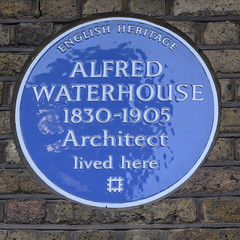
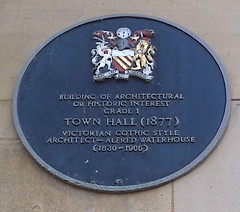
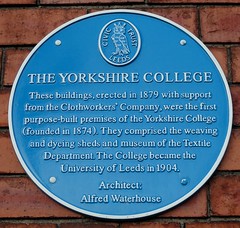

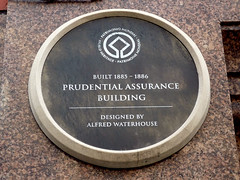
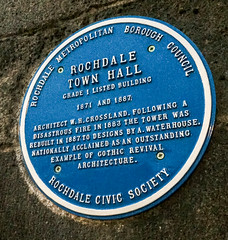
.jpg?width=250)